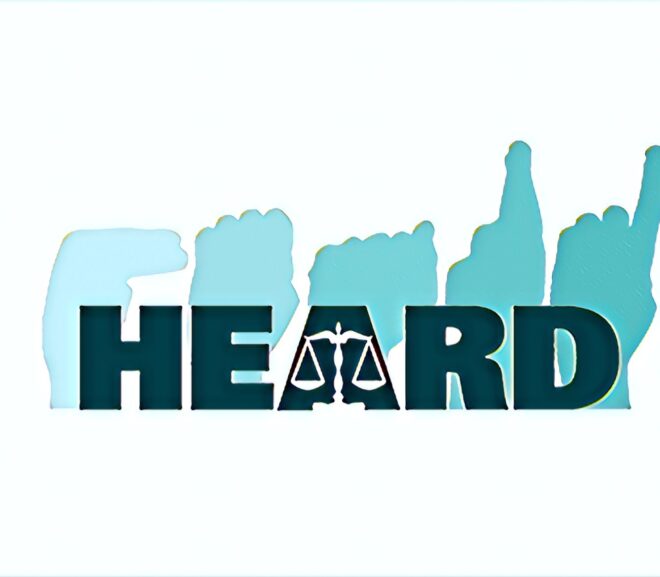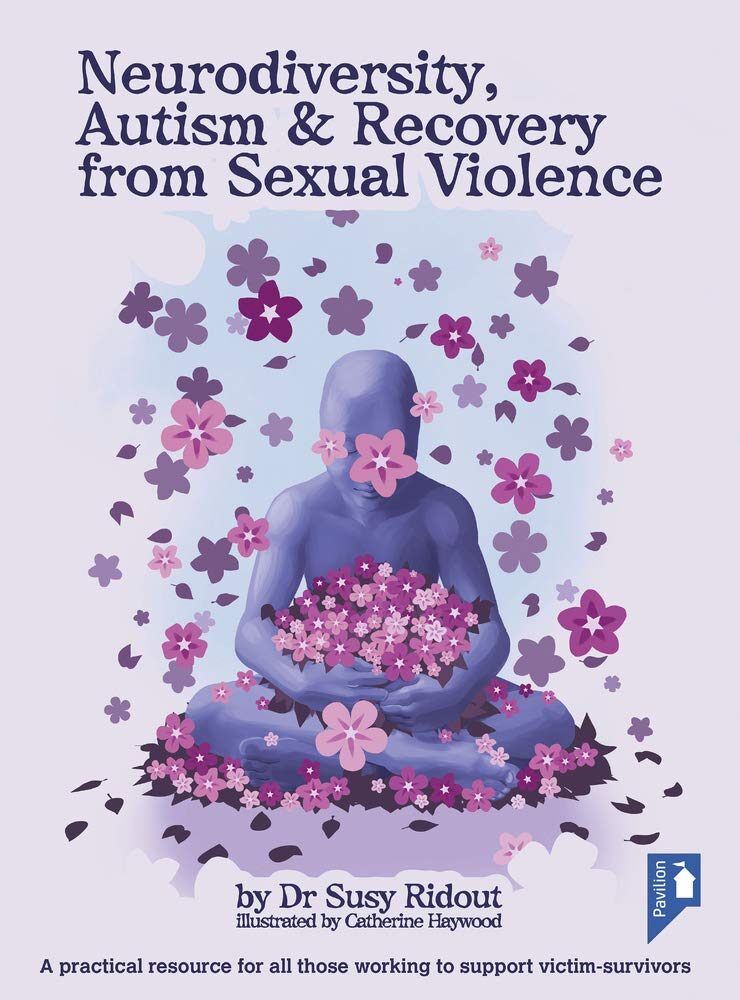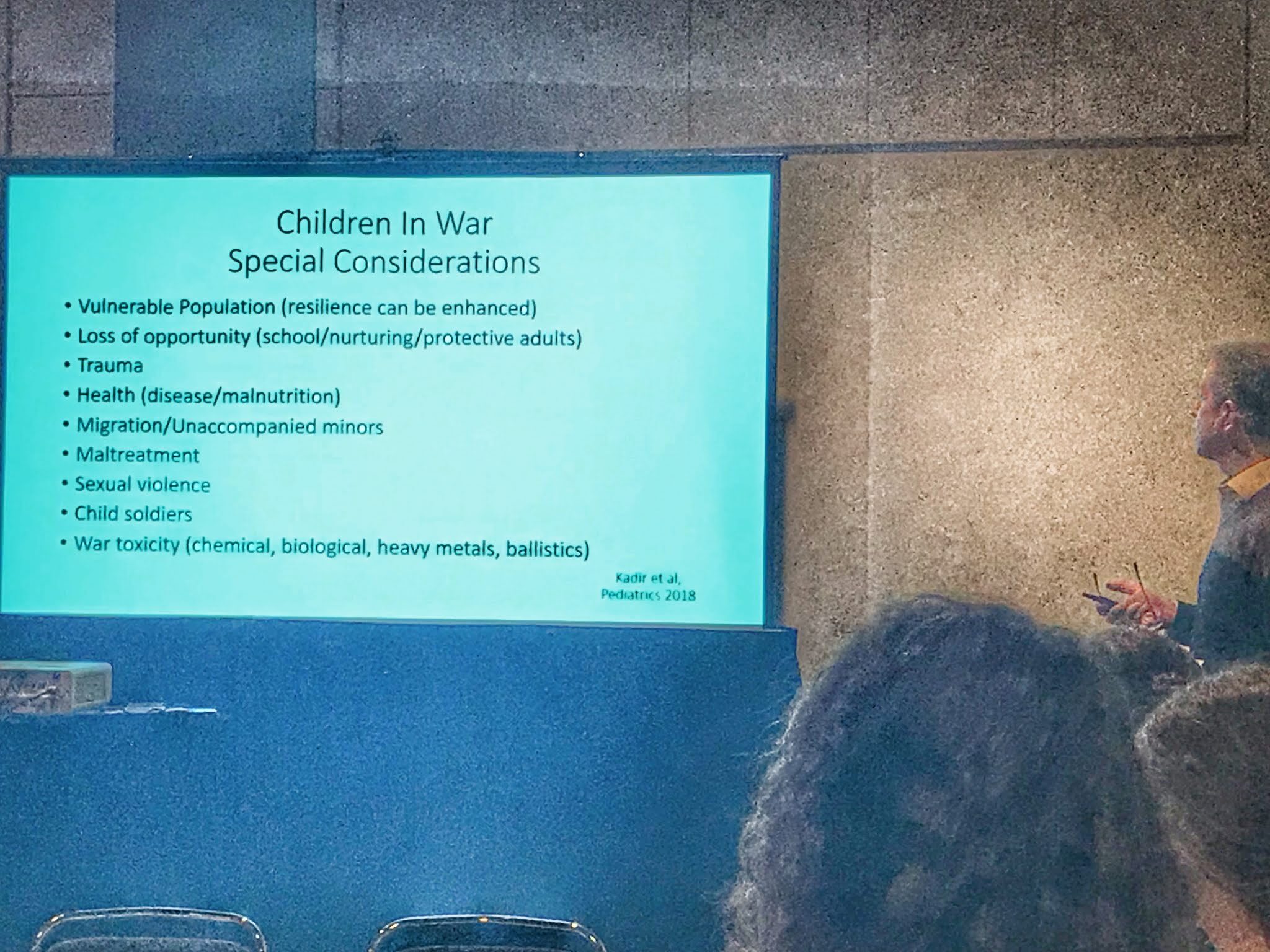Autistic children only get one childhood, and they deserve properly qualified and properly experienced professional teams. Teams that consider autistic ways of communication, ethics, human rights, and potential harms very carefully indeed.
Tag: trauma
When you look up what Autistic people have said about how to help us through meltdowns, the most foundational piece of advice you will see again and again is to remain calm. But what about when you can’t remain calm? What about when that Autistic person’s meltdown is triggering your own trauma response?
Too often, people cause the “behaviour” that they blame on “real autism.” And it’s often their own approaches that need changing.
HEARD is a Black-led and disabled-led, cross-disability abolitionist organization. With practically no funding, HEARD has been doing vital work that no one else does.
Sonny Hallett twitter.com/scrappapertiger [Image: Book Cover. Black text at the top reads, Neurodiversity, Autism & Recovery from Sexual Violence Under is an illustration a seated purple figure holding an armful of pink and purple blossoms. More blossoms surround them on the ground and in the air. smaller black text underneath reads, by Dr Susy Ridout, Illustrated by Catherine Haywood Even smaller black text at the bottom reads,”A practical resource for all those working to support victim-survivors”] CN: discussion of sexual violence and abuse Considering how many autistic people struggle with mental health difficulties related to trauma, there is really very little in the way of resources, let alone good practical guides, for those supporting autistic people dealing with traumatic experiences. What little there is is also so often about us rather than by us, and written from rather clinical and pathologising perspectives. Susy Ridout’s book Neurodiversity, Autism, and Recovery from…
Yesterday we attended the INSAR 2019 panel Where Do We Go from Here? Learning How to Prevent Suicide in Partnership with Autistic People and Their Allies, led by Sarah Cassidy from Nottingham University who has been doing this for four years now. Here is what the speakers had to say. (Any errors or omissions are on us.) The most important panel of the #INSAR2019 conference, chaired by @Sarah_NottsUni who is leading innovative and potentially life-saving research to understand and help prevent suicide in autistic people. pic.twitter.com/oSoQetMQI5 — Alexandra Forshaw (@myautisticdance) May 3, 2019 More than 10K stakeholders worldwide have identified the top 10 priorities, with equal representation of #autistic people: What increased barriers do autistic people experience when seeking help which may put them at greater risk of dying by suicide? What are the risk and protective factors for suicide in autism across the lifespan? To what extent are autistic people…
Shannon Rosa Senior Editor [Note: This report is based on @thinkingautism live-tweeted coverage, and as such may contain errors or omissions.] Report from the INSAR 2019 Special Interest Group (SIG) Autism and Related Disorders in the Context of Humanitarian Emergencies. SIG summary: “UN figures estimate 48 million children are impacted by humanitarian emergencies, including armed conflict and natural disasters. Within this population, children with autism and developmental disorders are extremely vulnerable to poor short and long term outcomes. There is increased awareness of the vulnerability of these children but limited research based knowledge on how to best address their needs. We aim to launch a platform for communication and collaboration between autism researchers and key stake holders in the humanitarian setting to address this gap.” First up was Doctors without Borders and SIG leader Ramzi Nasir, a developmental pediatrician who worked in conflict zones. He asked: Can we use remote consultations…
Kerima Çevik theautismwars.blogspot.com The author’s idea of what displaying autism positivity looks like [Image: a Black woman over 50 with braided gray hair wearing Neurodiversity 3.0 by ThinkGeek, a black T-shirt with a world globe design on the upper chest area in the shape of a human brain, colored in physical map fashion i.e., water is colored light blue and land masses green, clouds white, looking to her left over bent wire-rimmed glasses in that way that mothers look at their children when an outrageous behavior has just ensued.] There is an article in a paper called The Daily Net, about singer Toni Braxton’s 16-year-old son Diezel working as a professional model for the past two years. The article refers to him as “formerly autistic.” It goes on to say he has, “fortunately, moved past” autism and is now a celebrity himself. Apparently, when her son was thirteen, Ms. Braxton…






